How to Care for a Pet Fiddler Crab
Updated on 04/26/24
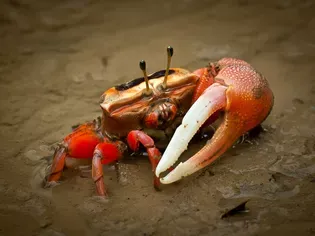
Unveiling the Secrets of Fiddler Crab Care: A Comprehensive Guide
Prepare to immerse yourself in the captivating world of fiddler crabs, charming crustaceans that have captured the hearts of hobbyists worldwide. With their intriguing burrowing habits, distinctive mating rituals, and remarkable ability to survive in intertidal zones, these fascinating creatures offer an exceptional opportunity for exploration and learning. If you're eager to bring a fiddler crab into your life, this comprehensive guide will equip you with the essential knowledge and techniques to ensure its well-being and thrive in captivity.
Understanding the Unique Physiology of Fiddler Crabs
Fiddler crabs, scientifically known as Uca spp., belong to the family Ocypodidae and are characterized by their striking asymmetry. These crabs possess one enlarged claw, typically found on the right side of males, which they use for attracting mates and defending their territory. They are renowned for their ability to adapt to a range of habitats, from salt marshes and mangroves to sandy beaches and estuaries. Understanding their specific physiological needs is paramount to providing optimal care in captivity.
Establishing an Ideal Habitat: A Sanctuary for Your Fiddler Crab
Creating a habitat that mimics the fiddler crab's natural environment is crucial for their well-being. Here are key elements to consider:
* Tank Setup: Choose a tank that provides ample space for burrowing, foraging, and climbing. An ideal size for a single crab is 10 gallons, while larger tanks are recommended for multiple crabs.
* Substrate: Provide a substrate that allows for digging, such as a mixture of play sand and coconut fiber. The substrate should be several inches deep to accommodate burrowing behavior.
* Water: Fiddler crabs require both saltwater and freshwater. Create a gradient in the tank to allow them to access both. Use marine salt specifically designed for saltwater aquariums and test the salinity regularly using a hydrometer.
* Shelter: Provide various hiding places, such as rocks, driftwood, or PVC pipes, to offer security and reduce stress.
* Temperature and Humidity: Maintain the tank temperature between 75-80°F (24-27°C) and the humidity between 70-80%. Use a thermometer and hygrometer to monitor these parameters closely.
Nourishing Your Fiddler Crab: A Delectable Diet
Fiddler crabs are omnivorous scavengers with a diverse palate. Offer a variety of foods to ensure a balanced diet, including:
* Live and Frozen Foods: Brine shrimp, mysis shrimp, and bloodworms are excellent sources of protein.
* Commercial Pellets: Specifically formulated pellets for fiddler crabs provide essential nutrients.
* Fruits and Vegetables: Offer small pieces of fruits and vegetables, such as bananas, apples, and carrots, as occasional treats.
* Calcium Supplement: Provide a source of calcium, such as cuttlebone or crushed eggshells, to support strong exoskeletons.
Health Maintenance: Preventing and Managing Common Ailments
As with any pet, preventive care and prompt attention to health concerns are essential for your fiddler crab's well-being. Familiarize yourself with common ailments and their symptoms:
* Shedding: Fiddler crabs shed their exoskeletons as they grow. Provide ample hiding places and avoid handling during this process.
* Molting Problems: Difficulty shedding can lead to health issues. Ensure optimal water quality and humidity levels, and consult a veterinarian if molting difficulties persist.
* Parasitic Infections: Monitor your crab for signs of parasites, such as lethargy or loss of appetite. Seek veterinary assistance promptly for proper diagnosis and treatment.
Enhancing Your Fiddler Crab's Life: Enrichment and Companionship
Beyond basic care, providing enrichment activities and considering companionship can significantly enhance your crab's quality of life:
* Toys and Stimulation: Offer toys, such as small balls or pieces of driftwood, to stimulate natural behaviors like climbing and exploring.
* Companionship: While fiddler crabs can live solitary lives, introducing multiple crabs of the same species can provide social interaction and reduce boredom. Ensure ample space and resources for each crab.
* Regular Monitoring: Observe your crab's behavior and appearance regularly. Any changes in activity, appetite, or color could indicate health issues or environmental stress.
Conclusion: A Rewarding Journey into the World of Fiddler Crabs
Caring for a fiddler crab is a fulfilling and educational experience that offers a glimpse into the fascinating world of crustaceans. By providing a suitable habitat, ensuring proper nutrition, monitoring health, and enriching their environment, you can create an optimal environment for your fiddler crab to thrive. Remember, these creatures are delicate and require specialized care. With dedication, patience, and a genuine love for these unique animals, you can establish a long-lasting and rewarding bond with your pet fiddler crab.
Explore More Pets

Exotic Pet Species
Should You Keep a Chimpanzee as a Pet?

Exotic Pet Species
Should You Keep a Raccoon as a Pet?
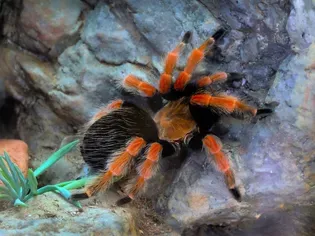
Exotic Pet Species
How to Care for a Pet Mexican Red-Knee Tarantula
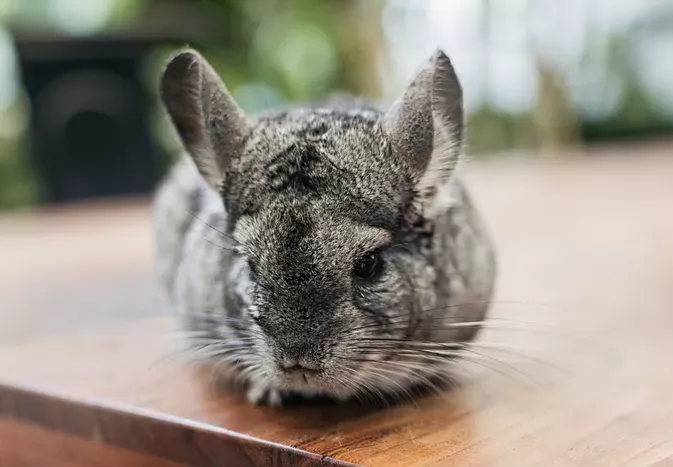
Exotic Pet Species
12 Best Exotic Pets for Apartment Living
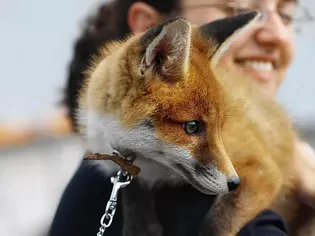
Exotic Pet Species
Best Foxes to Keep as Pets
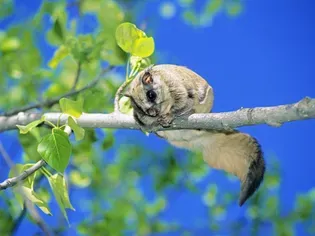
Exotic Pet Species
Should You Keep a Northern Flying Squirrel as a Pet?
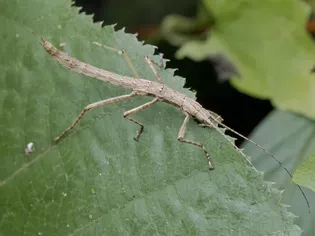
Exotic Pet Species
Should You Keep Stick Insect as a Pet?

Exotic Pet Species
Should You Keep a Big Cat as a Pet?